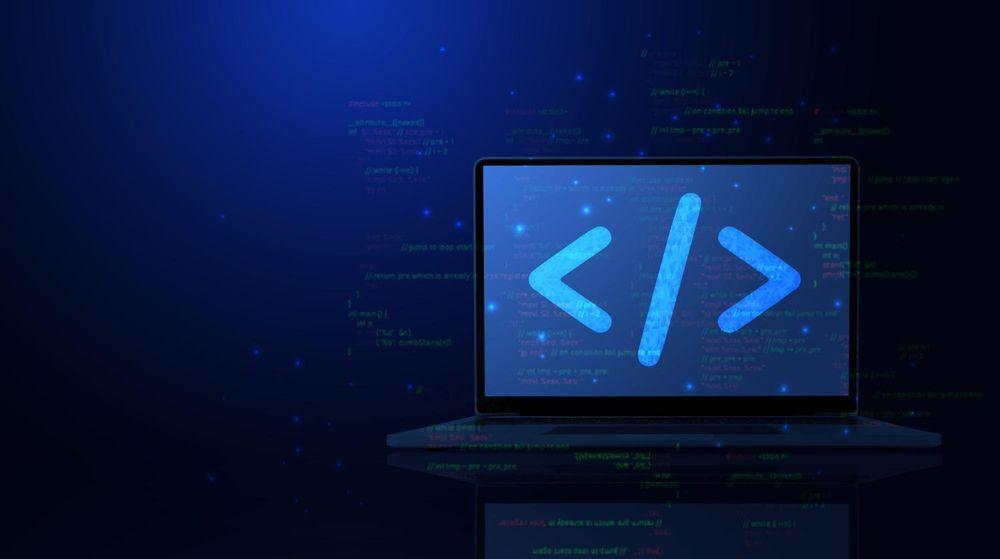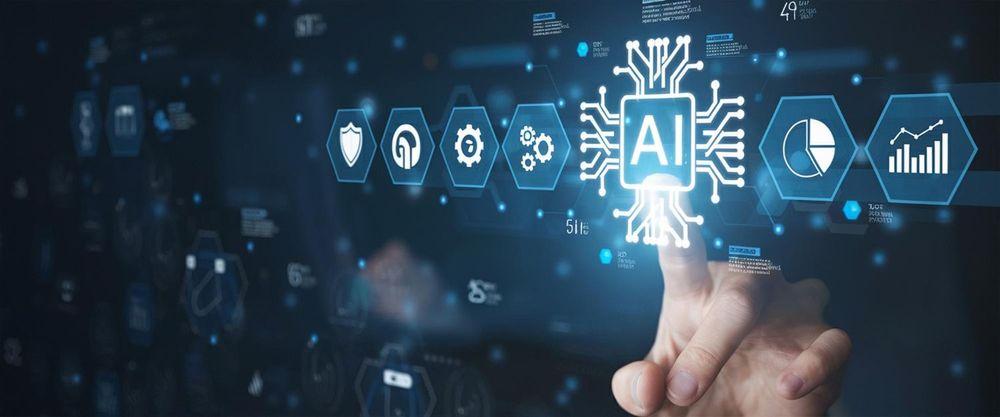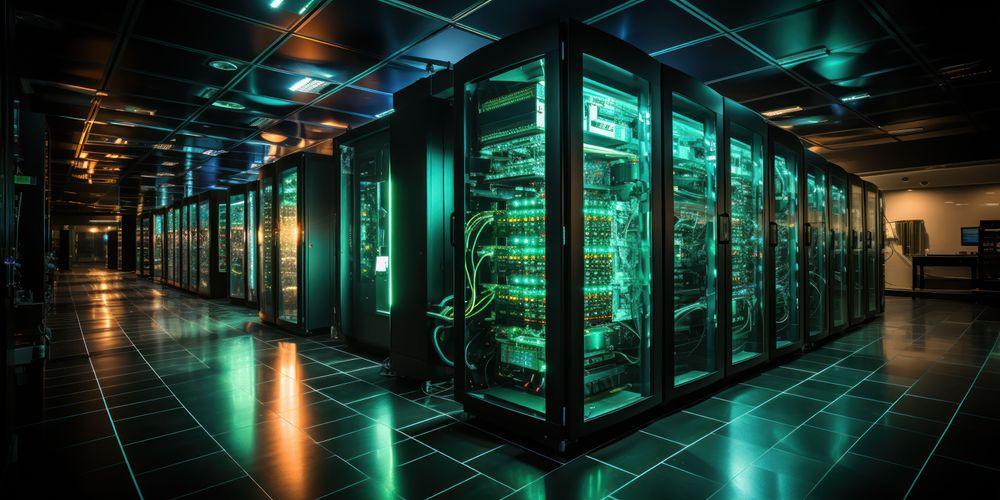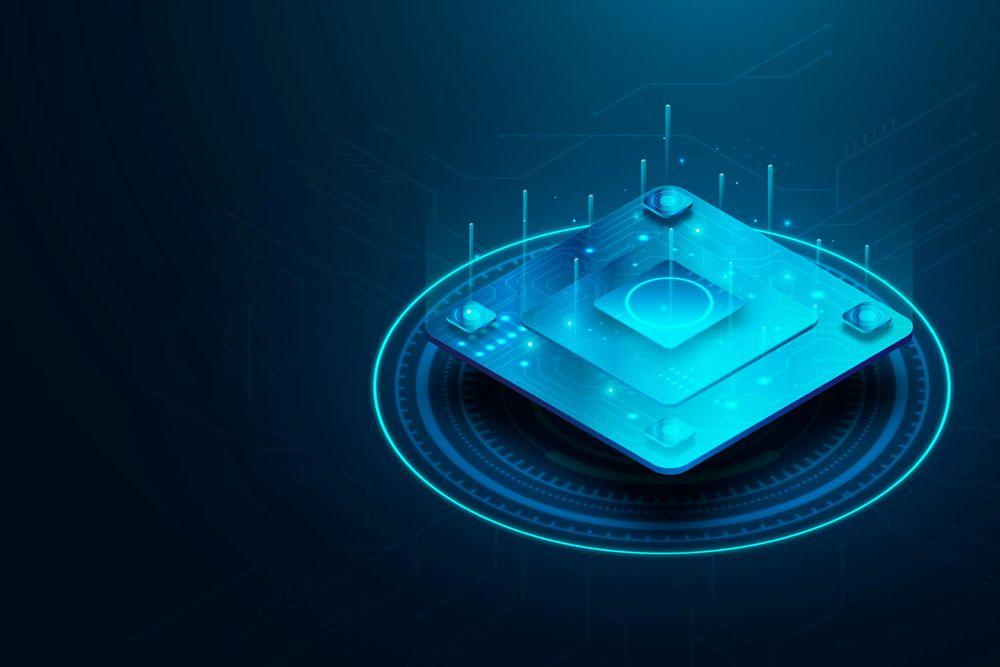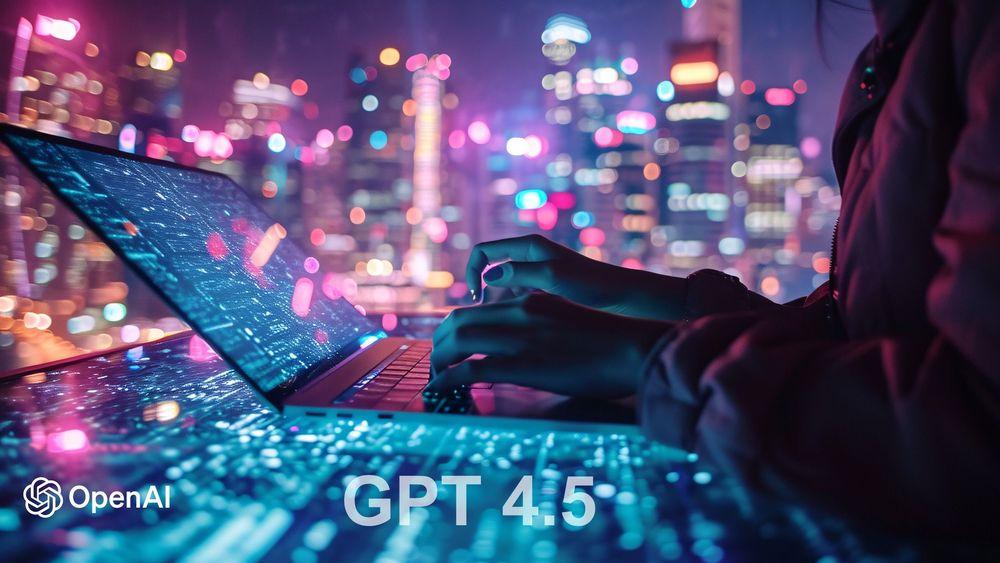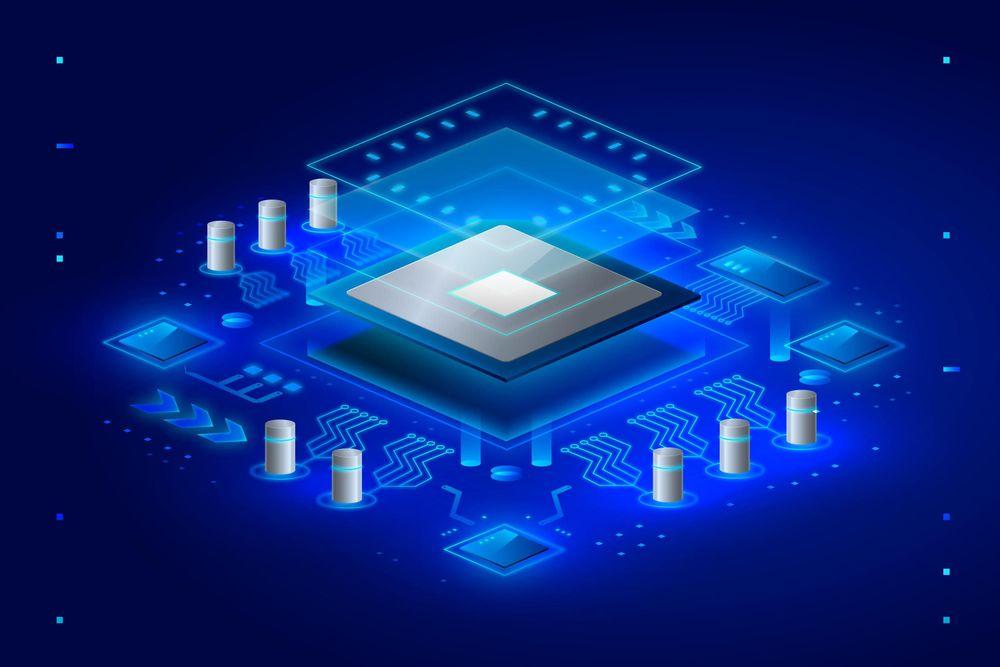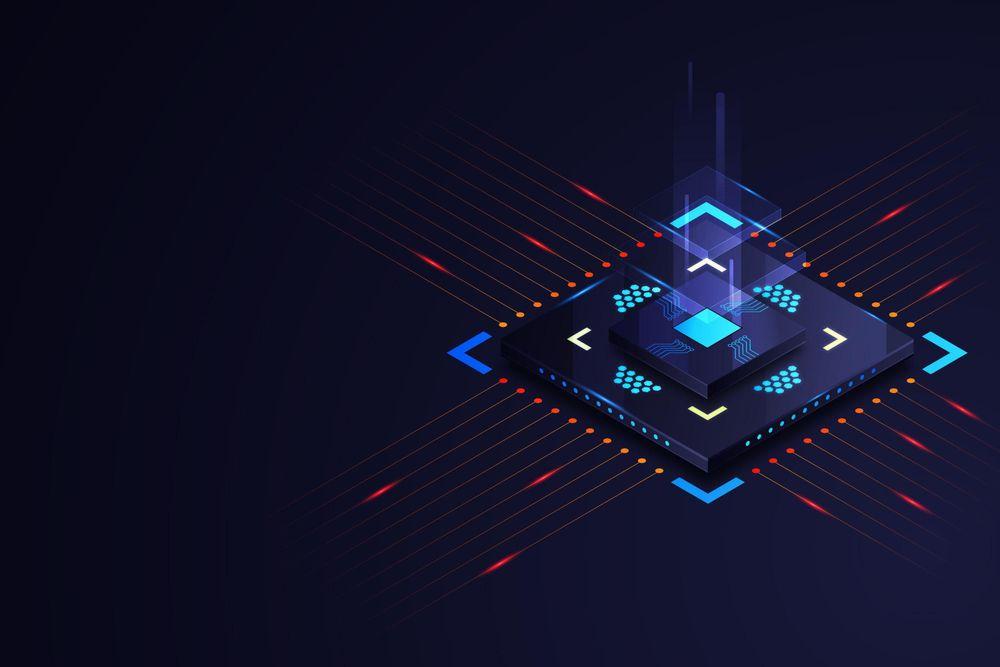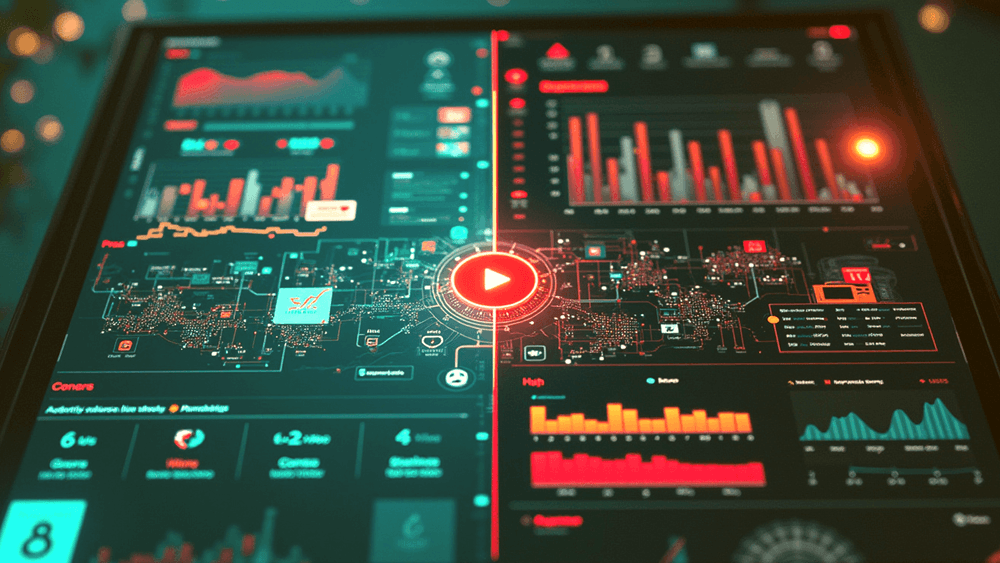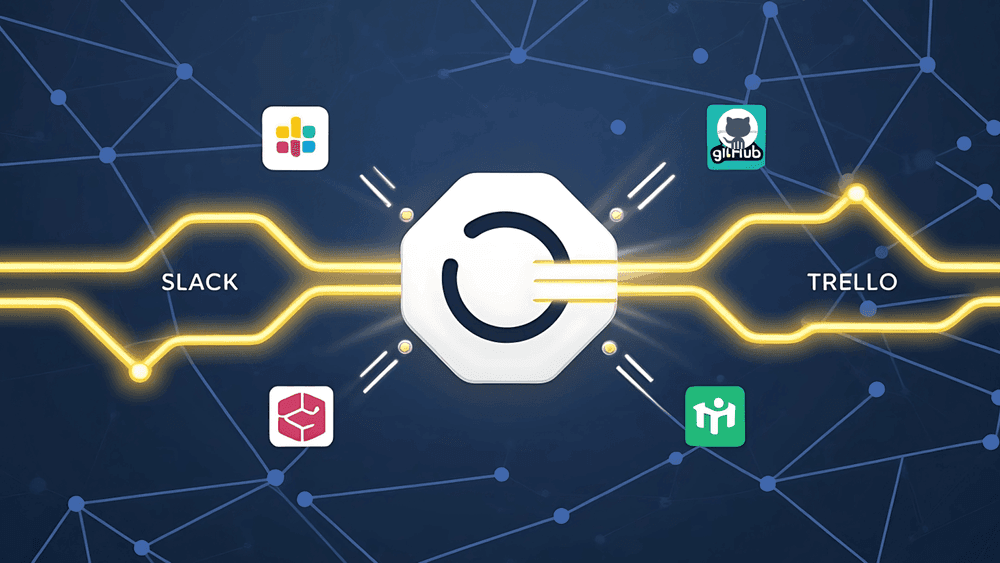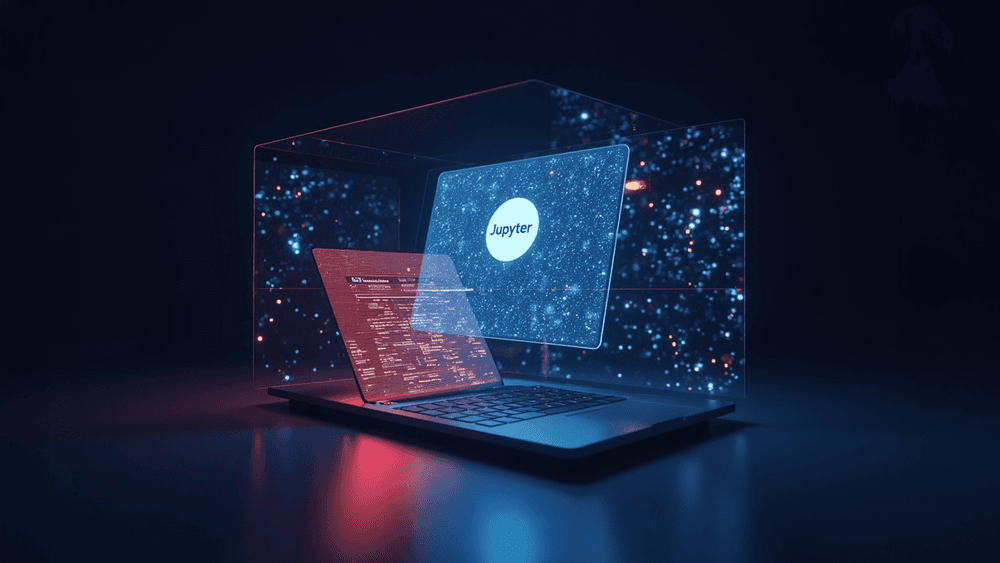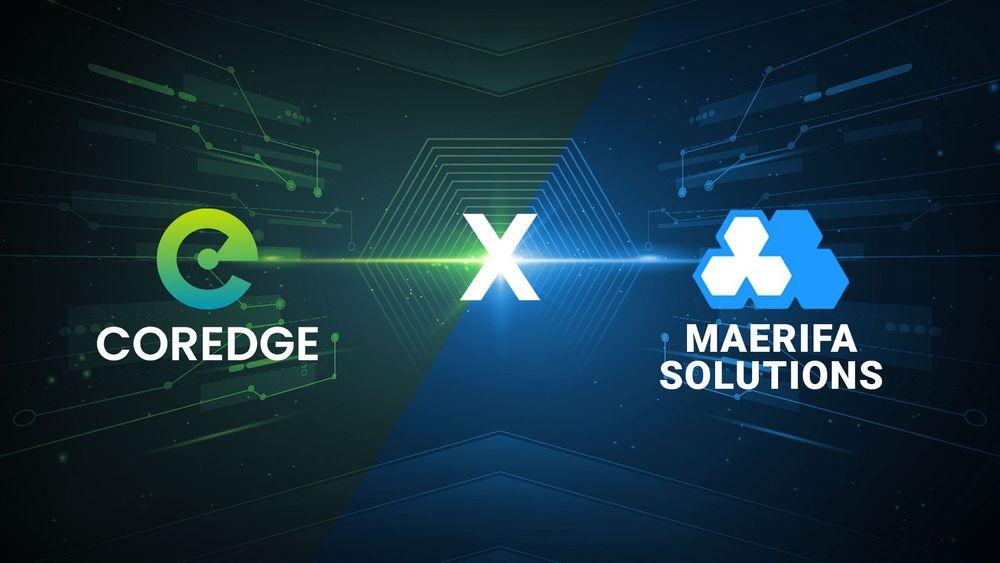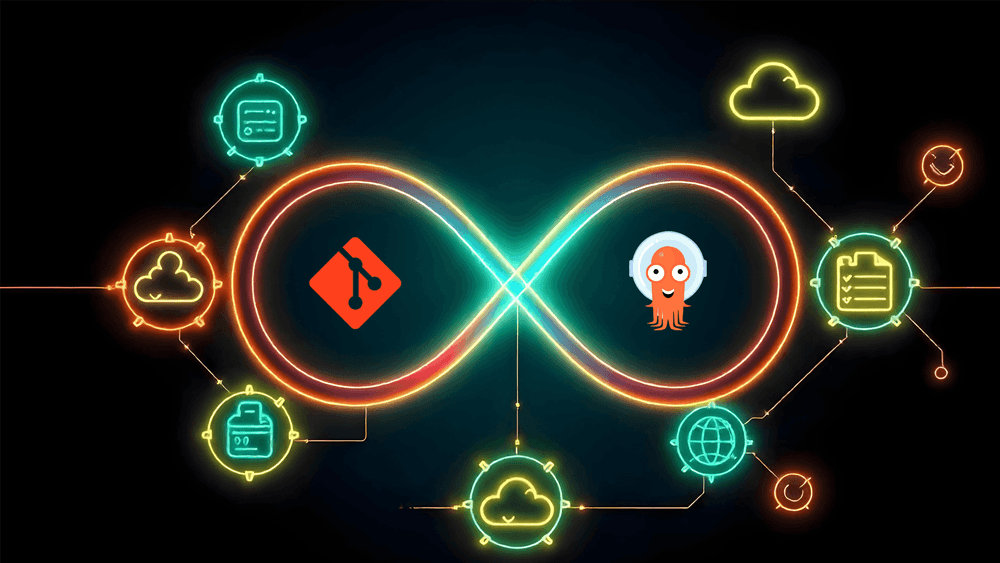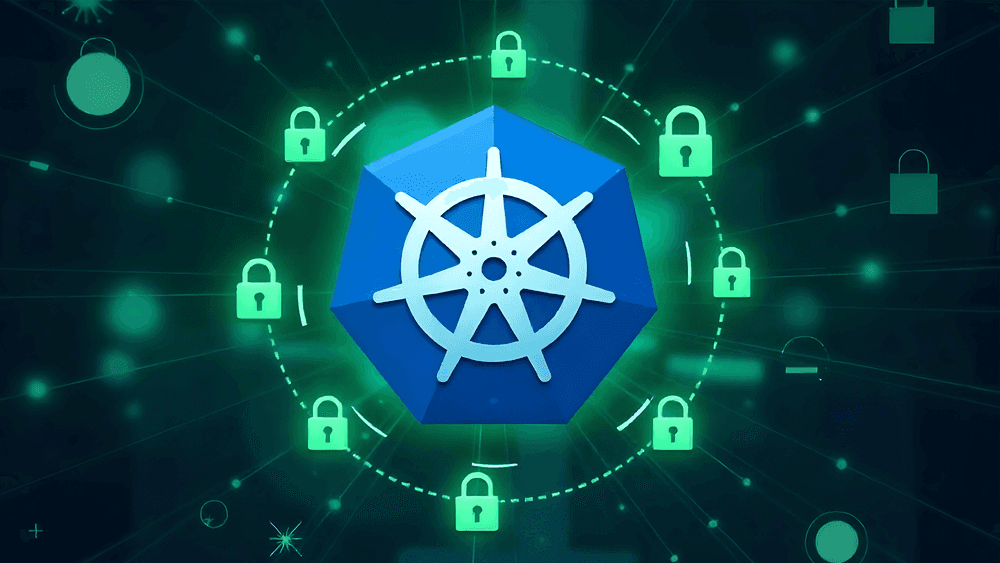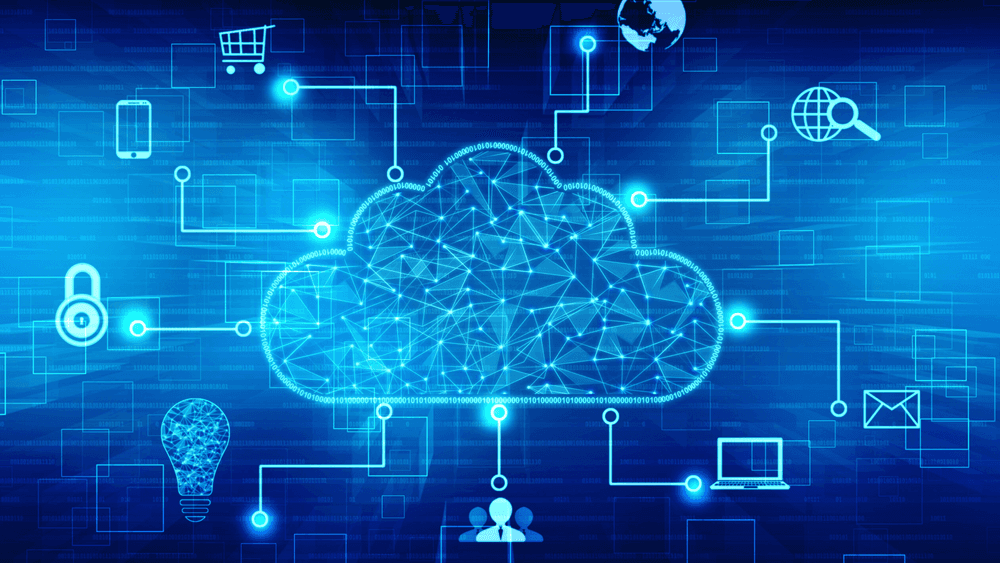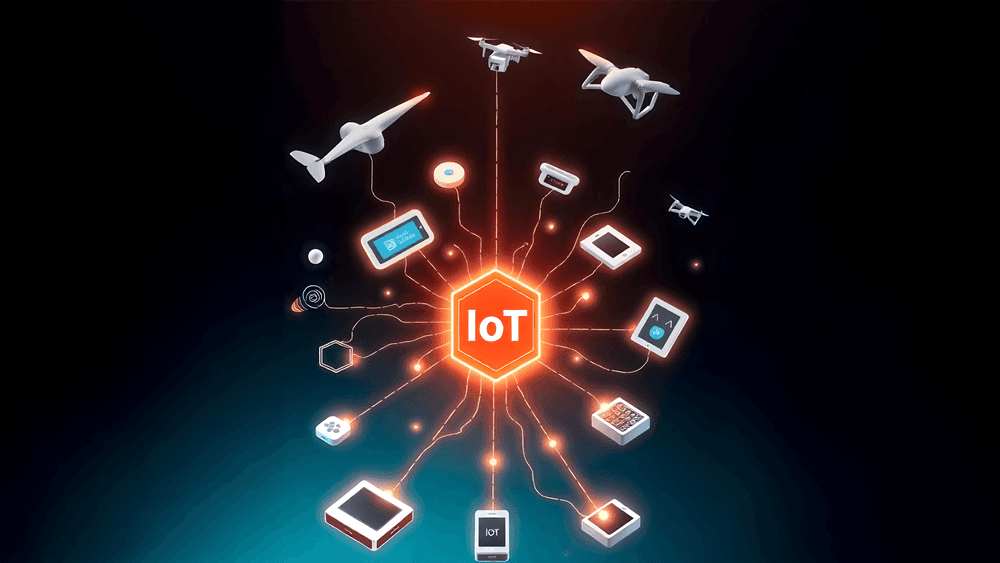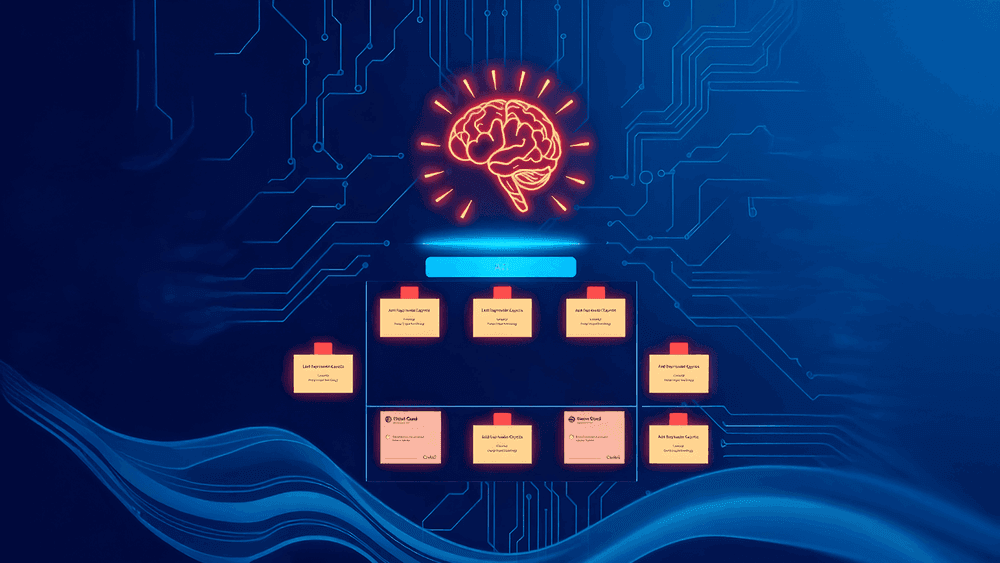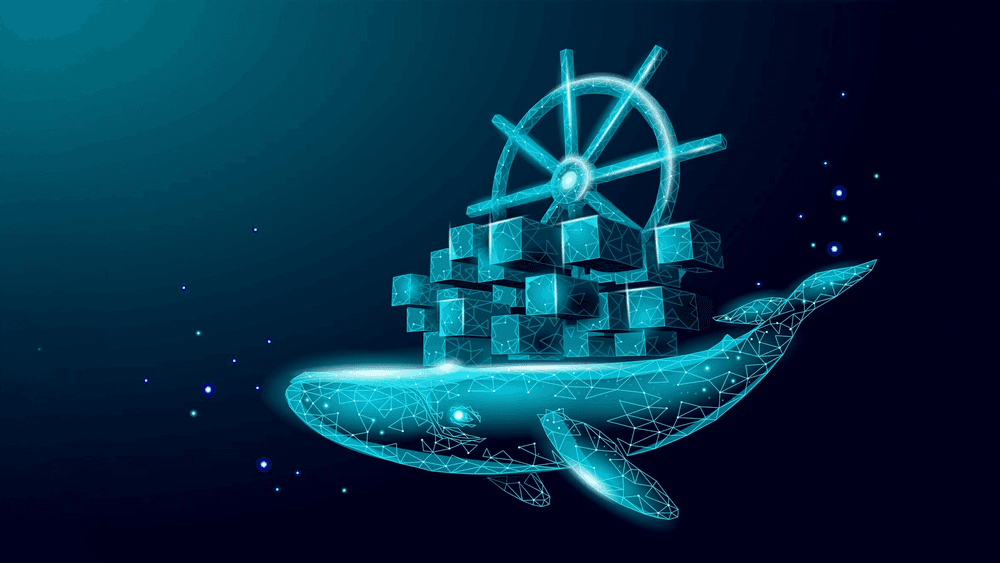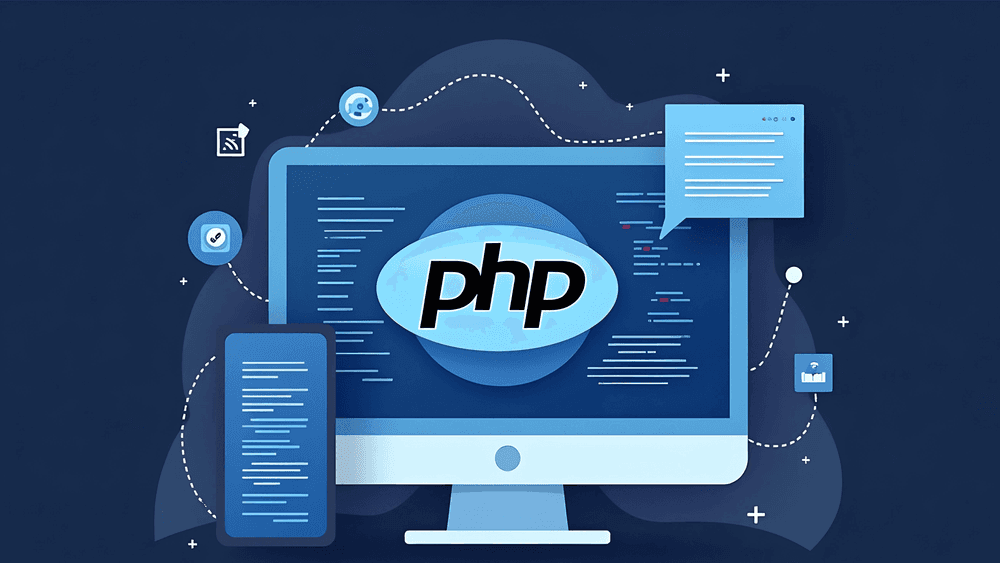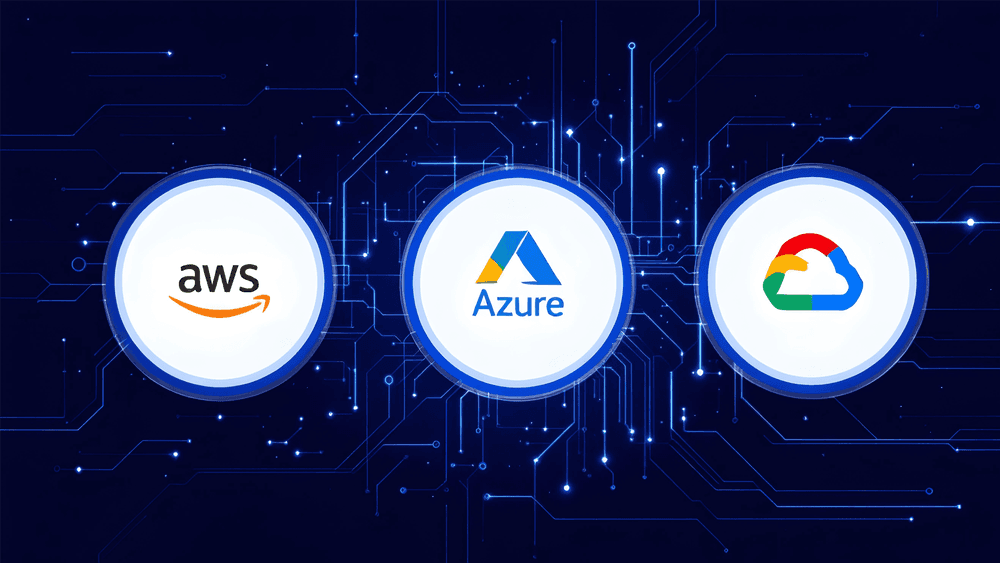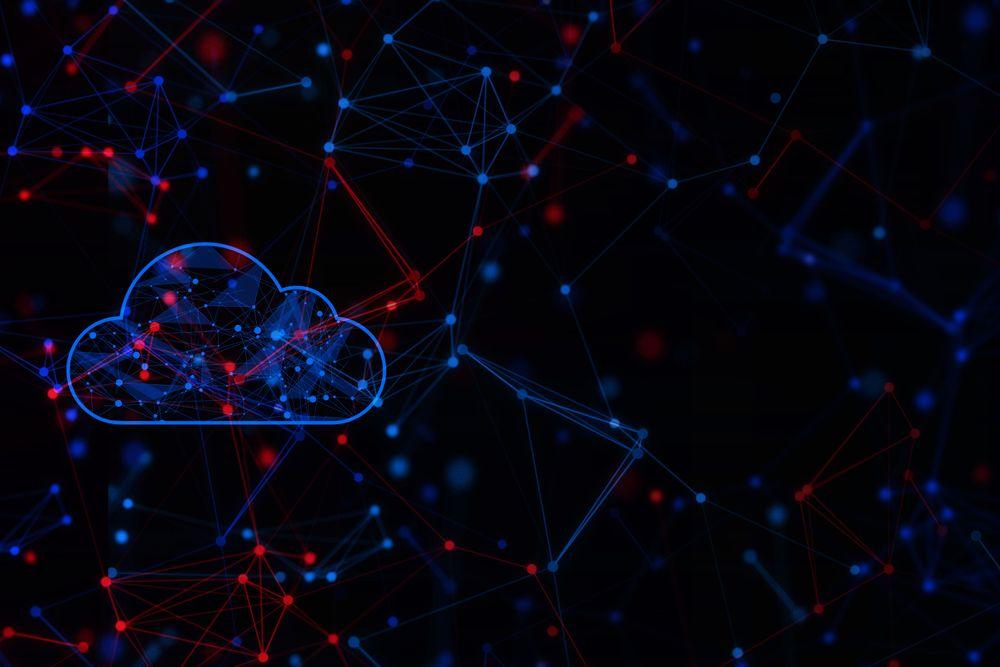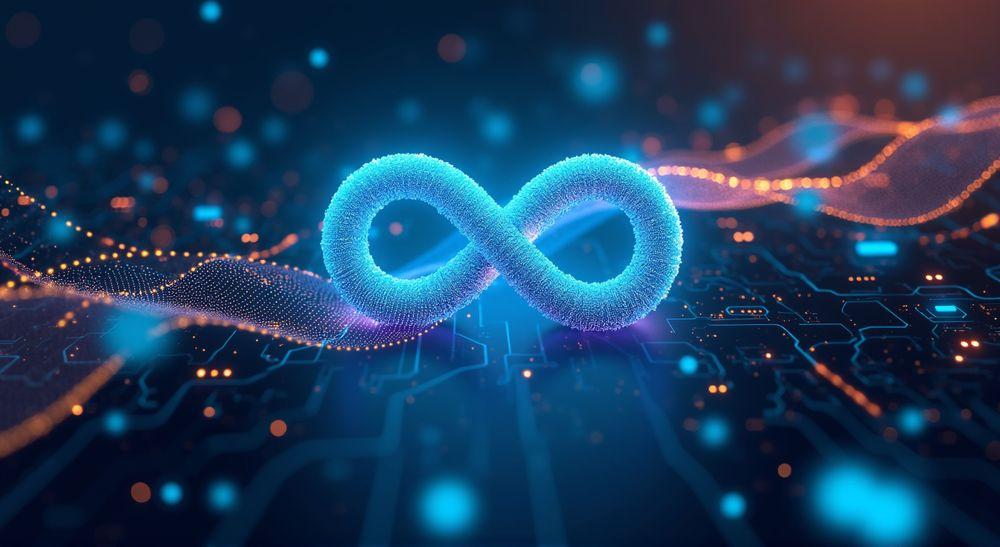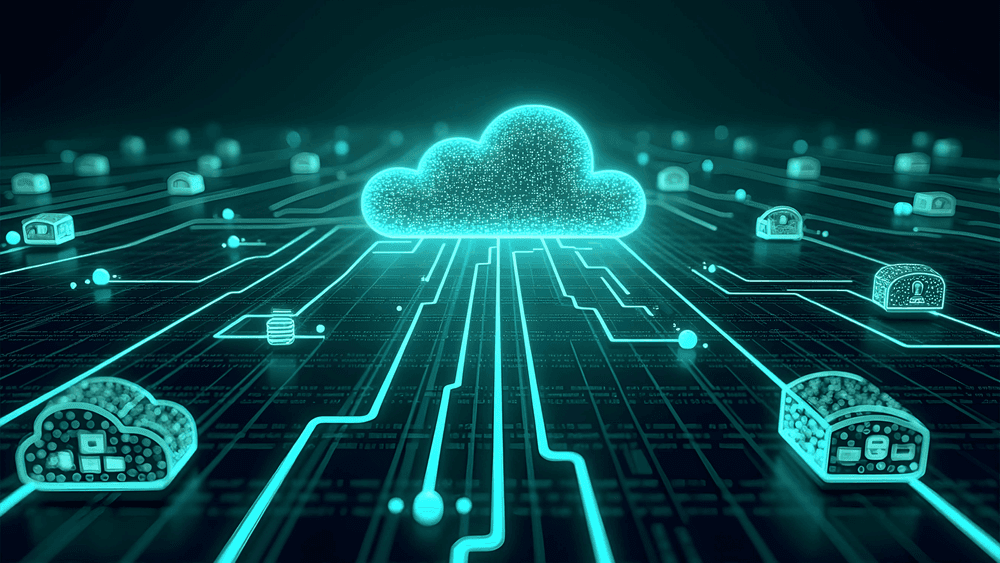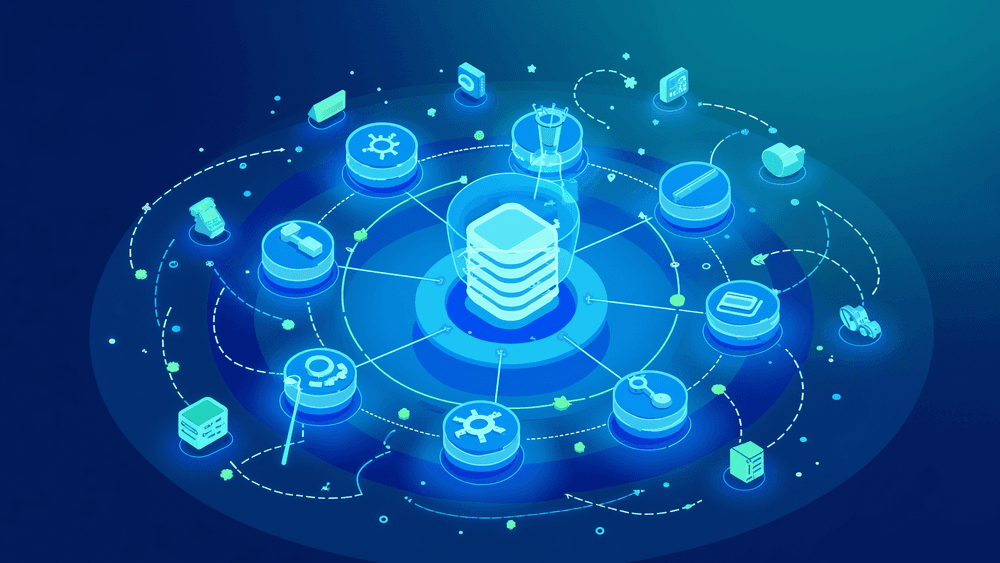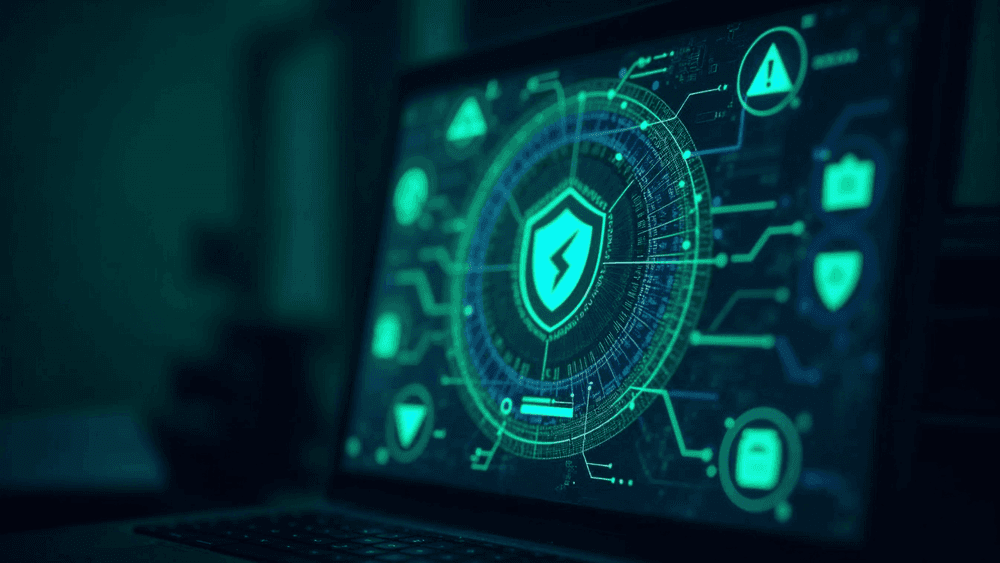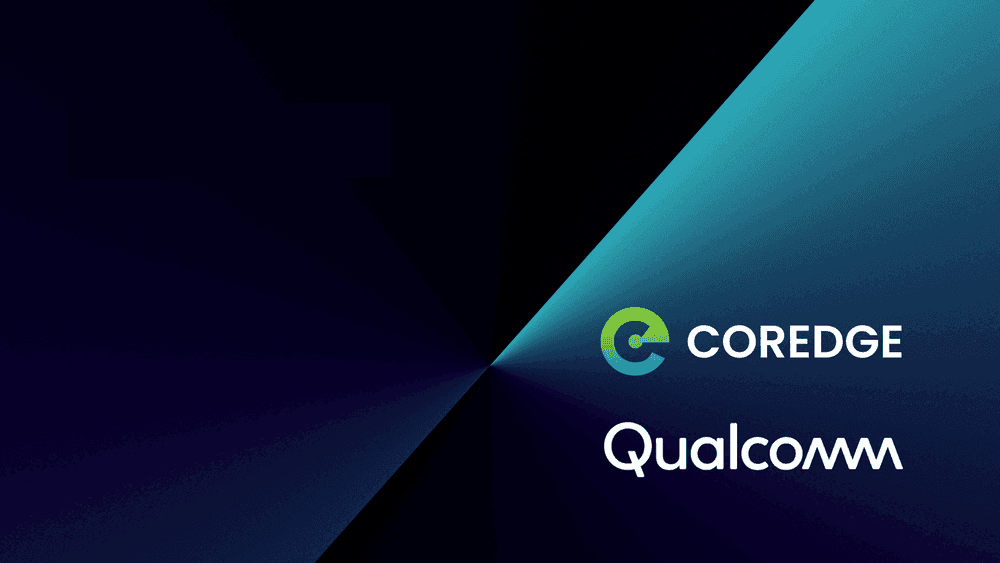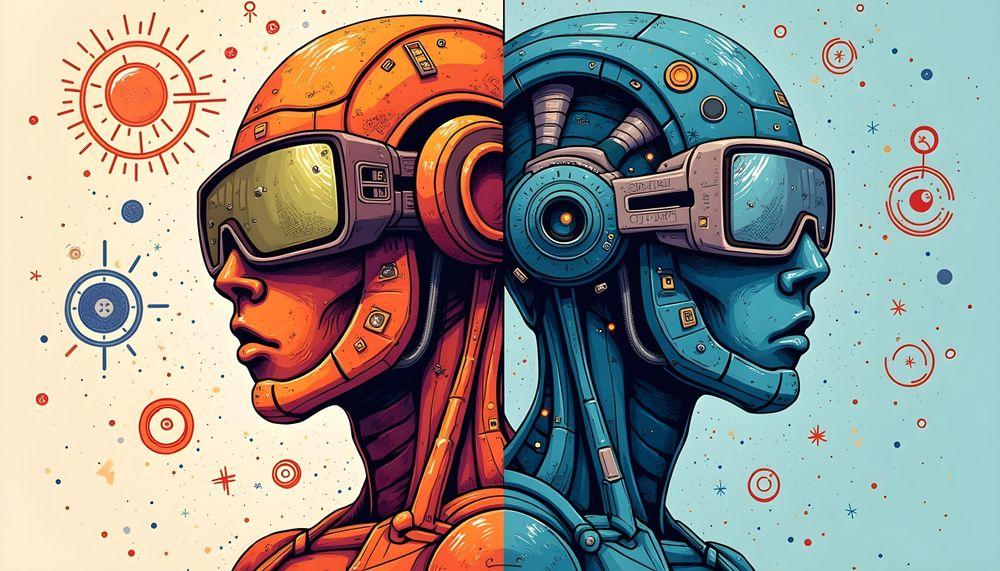Hey innovators and AI Dreamers!
You know that sentiment when you find a cheat sheet that unexpectedly makes a crazy-complex topic crystal clear? Yep, you heard that right. That’s precisely happening in the AI world right now—and trust us, it’s BIG. Published on April 23, 2025, and updated just recently, a team of researchers from MIT, Microsoft, and Google introduced something that might change the way we ponder machine learning forever. They have introduced a “periodic table of machine learning” that unifies many different machine learning techniques using a single framework. Their framework, called Information Contrastive Learning (I-Con), shows that a variety of different algorithms, including classification, regression, large language modelling, dimensionality reduction, clustering, and spectral graph theory, can all be viewed in a more general context.
What’s the Periodic Table of Machine Learning?
Imagine the periodic table from your high school chemistry class—neat rows and columns organising elements like oxygen and gold. Now, swap those elements for machine learning models, algorithms, and techniques, and you’ve got the Periodic Table of Machine Learning.
It’s time for some beautifully organised, colour-coded magic to move away from traditional AI chaos. It’s exciting to share how this game-changing tool is your golden ticket to supercharge AI innovation and make your machine-learning dreams come true. Think of it as your reliable map to navigate the hectic world of machine learning that is packed with insights.
Let’s dive in!
Understanding I-Con: and Why Should You Care?
So, what precisely is I-Con? At its core, it is a framework that unites a ton of different machine-learning techniques under one big, happy umbrella. Whether you're working on classification, dimensionality reduction, or even graph theory, I-Con says, "Hey, you're all doing the same thing: learning relationships between data points."
It’s like that moment when you realise Robots, whether it's a cat-like companion, a Roomba vacuum, or a neighbour's drone, all operate on the principle of manipulating their environment autonomously, trying to make sense of their surroundings—same mission, different skins.
The beauty of I-Con is that it also helps us predict new ones apart from understanding existing algorithms. Just like the original periodic table predicted the existence of elements before we located them, this table points to new, unexplored machine learning techniques. And yes, one of them is already a thing now—more on that in a bit.
The Clustering Gala: A Party You’ll Never Forget
Let’s make this in a cool way. Imagine you are at a grand ballroom party. You are only familiar with a few people, but you’ve got to find a dinner table quickly. Suddenly, you hear the host tapping a champagne glass, you look around to see whose friends are with whom, and then you pick a table where you’ll be most contented—ideally with familiar faces.
The scenario of this party is how clustering works in the I-Con framework. Each guest is a data point, and the people they know are their neighbours. The tables are like clusters. The best seating arrangement has as many friends together as possible. Everyone can’t be made happy at the party, but you try to preserve the most meaningful relationships.
Now imagine tweaking the way people (data points) connect—by homeland, shared interests, or preferences. Boom. You just created different clustering strategies. That’s the power of I-Con.
From Clusters to Connections: A Unified Theory
In the team’s recent paper, which will emerge at the 2025 International Conference on Learning Representations, they show that by changing the algorithm’s notion of which datapoints are neighbours, they can recreate over 20 different common machine learning algorithms.
The magic of I-Con lies in its simplicity. It reframes all machine learning tasks as variations of one goal: approximating real-world relationships with simplified connections.
Each method simply defines “connections” in its unique way. Some use physical distance, some use labels, and others rely on whether two data points originate from the same source. Despite the variety, the underlying math, often using tools like Kullback-Leibler divergence to measure differences, is surprisingly consistent.
Arranging algorithms into a periodic table
So, here’s where it gets spicy. Just like in chemistry, arranging the known elements opens the door to discovering new ones. After filling in known algorithms into the I-Con table, researchers noticed gaps—empty squares in the grid where no known method existed yet.
Naturally, they planned to try filling one of those gaps. They created a brand-new image classification method by merging debiasing techniques (from contrastive learning) with clustering. No human labels, just pure algorithmic brilliance—and by a whopping 8% on ImageNet-1K, it outperformed previous methods. That’s a big deal in the world of AI.
Back to our party analogy: Debiasing is akin to giving each guest a tiny spark of friendship with everyone else. It involves fostering a more inclusive and fairer environment by reducing biases in decision-making and interactions that work well for the whole room, not just tight friend groups.
I-Con: More Than a Metaphor
The best part? What makes I-Con powerful isn’t just that it explains existing algorithms— it’s a design tool for the next generation of machine learning. I-Con empowers researchers with a language and structure to innovate purposefully.
You can now
- Redefine what “neighbourhoods” mean.
- Adjust confidence in relationships.
- Mix and match techniques to create entirely new algorithms.
As MIT Master's student and first author Shaden Alshammari puts it, it’s not just a metaphor. We’re starting to see machine learning as a system with structure, a space we can explore.”
Why This Matters (Even If You’re Not an ML Nerd)
This is one of those “wow” moments, even if you don’t live and breathe AI. Because if something as complex as machine learning can be organised into a periodic table, then maybe, just maybe—there is some order in the chaos.
I-Con doesn’t claim to “solve” intelligence. But it does something almost as magical: it shows us that at its heart, learning is all about mapping relationships. The pattern is the same: friends at a party or tokens in a sentence.
Final Thoughts: Looking forward
As artificial intelligence continues to evolve its reach, frameworks like I-Con offer a way to bring order to the commotion. They assist researchers in seeing the hidden structure beneath the surface—and give them the tools to innovate with purpose, not just intuition. It brings logic to the madness, structure to the innovation, and most importantly, room for discovery.
So, here’s to I-Con—the chemistry-inspired cheat sheet machine learning didn’t know it needed. I-Con offers a hopeful step toward understanding the deeper structure of learning, not by resolving intelligence, but by divulging that, at its heart, learning might just be the art of mapping relationships.
And there’s still plenty of space left on the table, one thing’s clear: the party’s just getting started.






